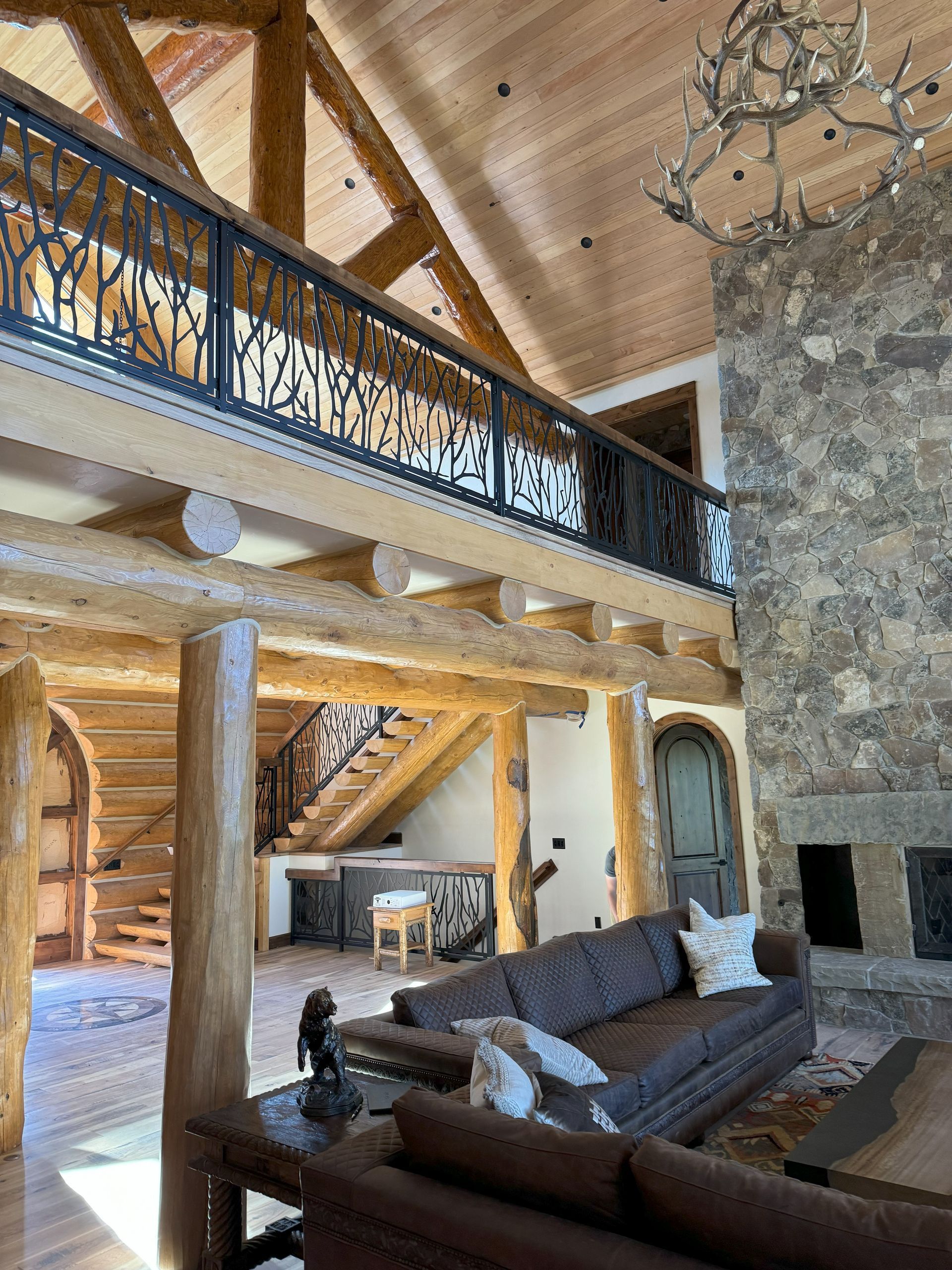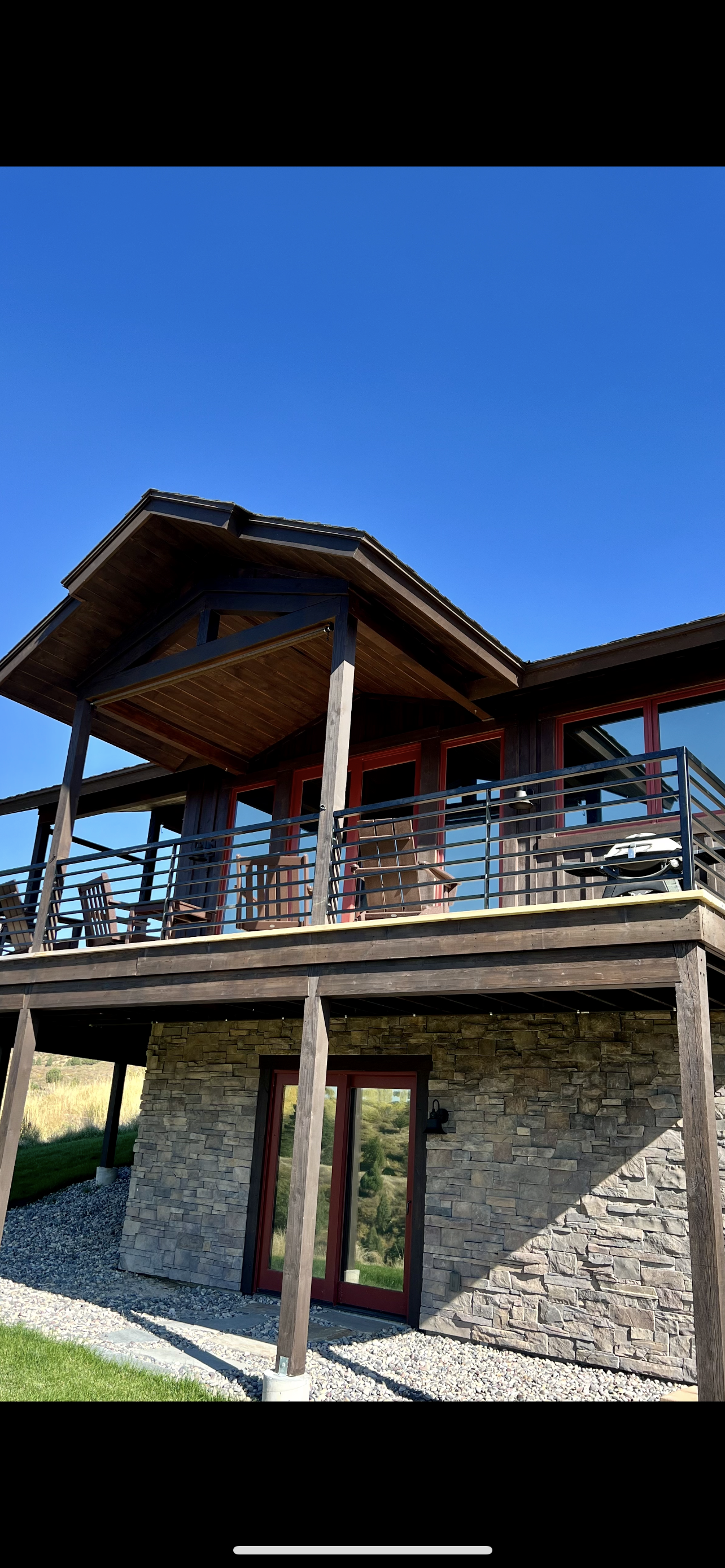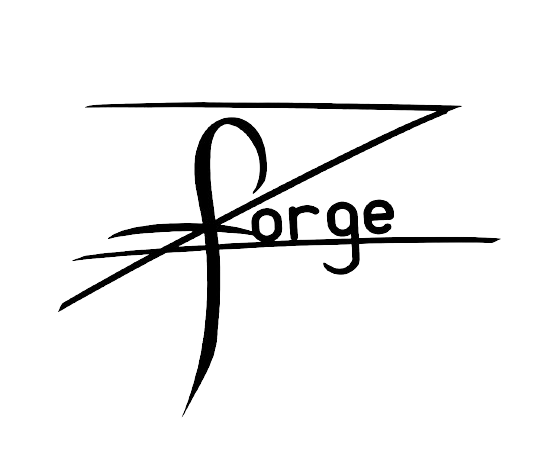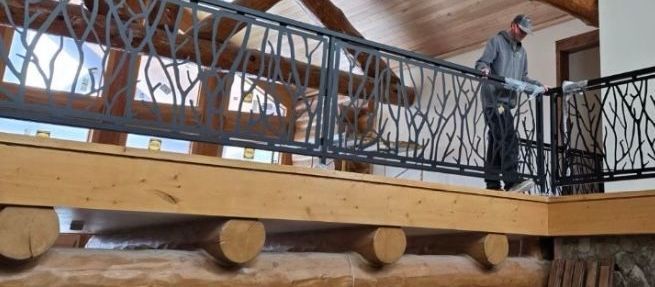Call Us (208) 589-9854
Metal Railing Design for Staircases vs. Balconies: Key Considerations
Custom metal railings are a popular choice for adding style, safety, and functionality to parts of your home or commercial space. While both staircases and balconies benefit from stylish and sturdy railings, the design considerations for these two features can differ significantly. Whether you’re designing for an interior staircase or an outdoor balcony, here’s a look at the differences and things to keep in mind when designing railings for these two areas.
1. Height and Structural Requirements
One of the main distinctions between railings for staircases and balconies is the height and structure.
Staircase Railings: Staircases require a handrail that is between 34 to 38 inches in height, while also accommodating the slope of the stairs. Stair railings often have a more functional role as they provide support, so the design needs to prioritize comfort and ease of use. The spacing of vertical designs (like spindles) should also comply with safety standards to prevent children from slipping through.
Balcony Railings: Balcony railings usually need to be taller (around 42 inches or more) because they must provide safety against falling. Balconies may not have the same need for a supportive handrail like staircases, but they still need to be sturdy enough to withstand outdoor elements. The design can be more decorative, as the railing may also serve to frame the view and create an appealing look.
2. Design Aesthetics
While both staircase and balcony railings can be changed to suit a variety of architectural styles, the design will often need to reflect the space’s function.
Staircase Railings: Staircase railings, especially in the interior of a home, tend to blend with the overall style. You might choose a modern design with clean lines and minimal decoration, or go for something more intricate like wrought iron with intricate patterns. For smaller spaces, a more airy design with glass panels may create a sense of openness in your home.
Balcony Railings: Balcony railings, particularly those on exterior decks or terraces, are often designed to enhance the outdoor living experience. Considerations for these railings include durability against the weather, as well as a design that complements the surrounding landscape or architectural style. For instance, a modern balcony might feature horizontal bars, while a more traditional setting might favor a classic wrought iron design with decorative scrollwork.
3. Materials and Durability
The materials used for both types of railings can vary, but outdoor balconies require materials that can withstand exposure to the elements.
Staircase Railings: Interior stair railings are less vulnerable to the elements, so they can be made of a wider range of materials, including steel, aluminum, and even brass. Finishes such as powder coating or brushed metal help to protect the railings from wear and tear, while giving them a polished, sleek look.
Balcony Railings: Outdoor railings need to be made from materials that are resistant to rust, corrosion, and fading. Stainless steel and galvanized iron are excellent choices because of their durability, while aluminum is a great lightweight and corrosion-resistant option. For a more rustic aesthetic, weathered metals or corten steel (which naturally develops a rust-like patina) can be used to complement a natural outdoor setting.
4. Safety and Code Compliance
Regardless of where the railings are placed, safety should always be a top priority.
Staircase Railings: Staircase railings must meet specific building codes to ensure they provide the necessary support and prevent accidents. Codes dictate the spacing between spindles or bars, the height of the handrail, and the overall sturdiness of the installation.
Balcony Railings: Balcony railings also need to comply with local building codes, particularly when it comes to height and load-bearing capabilities. In addition, railings for balconies in high-rise buildings or homes in windy areas may need to be more robust to withstand harsh conditions.
Conclusion
Whether you're adding railings to a staircase or a balcony, each space requires careful thought and planning to ensure both aesthetic appeal and safety. At ForgeSH we make sure every Staircase railing focuses on support with designs that complement your interior style, while our balcony railings prioritize safety and weather durability while also enhancing the outdoor environment. By carefully considering your specific needs of each space, we can help you achieve a custom metal railing design that is both beautiful and practical. Reach out to us today so we can talk about your project!





Free Estimate
Send us your image as pdf, and we'll craft a personalized quote just for you, bringing your vision to life with precision and creativity
Featured Products
Contact info
Swan Valley Hwy, Swan Valley, ID 83449 USA

